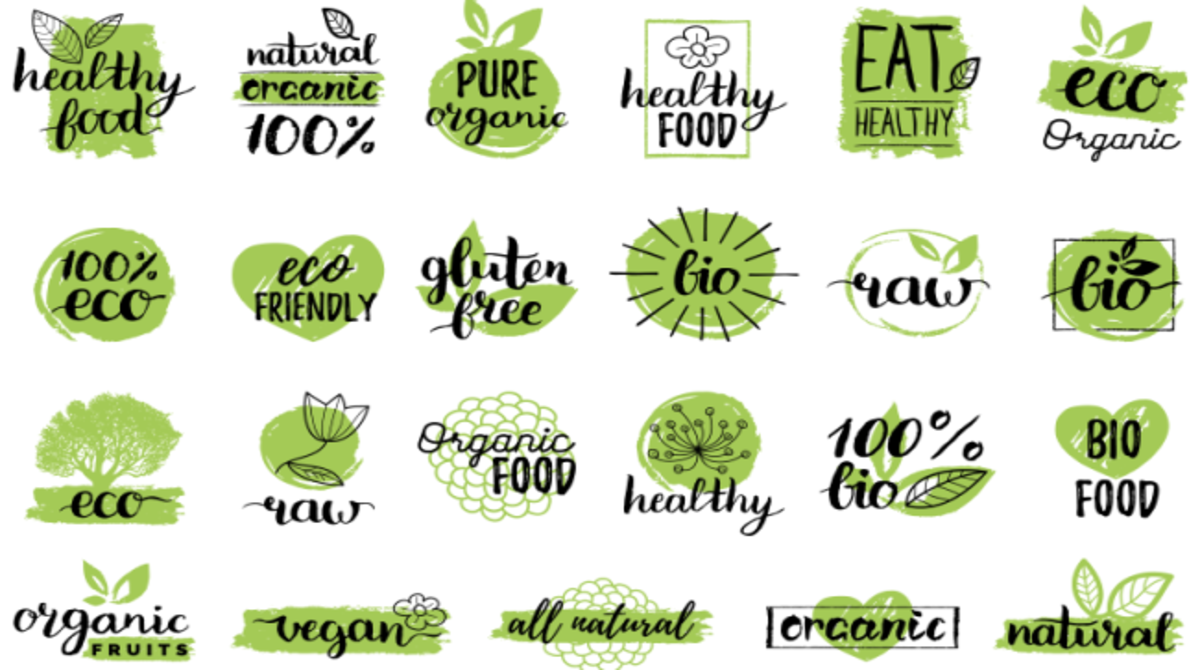Difference Between Health Claims And Nutrient Claims
July 13, 2022

Many people these days use the nutrition label to find out about the number of calories or nutrients found in a certain food. The nutrition label has plenty of information to assist you to make healthy choices at the grocery store. The nutrition label consists of the Nutrition Facts table, the ingredient list, health claims and nutrient content claims. Health claims and nutrient content claims are two tools found on pre-packaged foods that help you make healthy choices.
What is a health claim?
A health claim is a statement about a food and what it could do for your health when eaten as part of a healthy diet. Health claims describe a relationship between a food substance (a food, food component, or dietary supplement ingredient), and reduced risk of a disease or health-related condition. Choosing foods with health claims may assist you lower your risk of these diseases when used as part of an overall healthy and well-balanced diet.
For example – plant sterols help lower cholesterol, a healthy diet rich in fruits and vegetables may help reduce the risk of some type of cancer, etc. are all health claims.
Components of Health Claims
A "health claim" by definition has two essential components: (1) a substance (whether a food, food component or dietary ingredient) and (2) a disease or health-related condition. A statement lacking either one of these components does not meet the regulatory definition of a health claim.
Health claims available to be used are either considered “authorized” or “qualified.”
“Authorized” health claims have a significant scientific agreement (SSA), meaning there is a consensus within the publically available scientific information on the matter. An example of an authorized health claim would be, “Adequate dietary calcium and vitamin D may reduce the risk of osteoporosis in later life.”
“Qualified” health claims, on the other hand, don’t have the requirements for SSA but are validated by a significant amount of scientific evidence. When using “qualified” health claims, you must include a disclaimer or qualifier that makes the amount of scientific evidence clear so as not to mislead consumers. An example of a qualified health claim is, “Some scientific evidence supports, but does not prove, that eating X servings of whole grains per day may reduce the risk of Type 2 diabetes.”
All foods with health claims must meet certain criteria set by the governing bodies. This ensures that all health claims are true and accurate.

What is a nutrient claim?
A nutrient content claim or nutrient claim is different from a health claim. A nutrient content claim is a statement about the amount of a nutrient found in a food. Nutrient content claims help you to consume more or less of a particular nutrient. They must be true and accurate just like health claims. Choosing foods with nutrient content claims will help you get more of certain nutrients like calcium and fibre and less of other nutrients like sodium and sugar.
For example – Fat free, low in sodium, sugar free, etc. are all nutrient claims.
Nutrient content claims describe the extent of a nutrient within the product, using terms such as free, high, and low, or they compare the level of a nutrient in a food to that of another food, using terms like more, reduced, and lite.
Health claims and nutrient content claims should be used in combination with the Nutrition Facts Table and ingredient list. They are additional tools to make it easier to settle on healthy foods at the grocery store.
Get Regulatory Compliant Food Labels in under 5 Minutes!
REFERENCES
Unlock Food (2019).Decoding the Nutrition Label – Health claims and Nutrient content claims.
U.S. Food and Drug Administration. Food Labelling and Nutrition. Label claims for conventional foods and dietary supplements.
LabelCalc (2018). Nutrient content claim v/s Health claim: what’s the difference?

Olivia Crasto (MSc in Food Processing & Preservation)
Olivia is a Learner for Life, Eco enthusiast and loves to experience nature and its beauty
